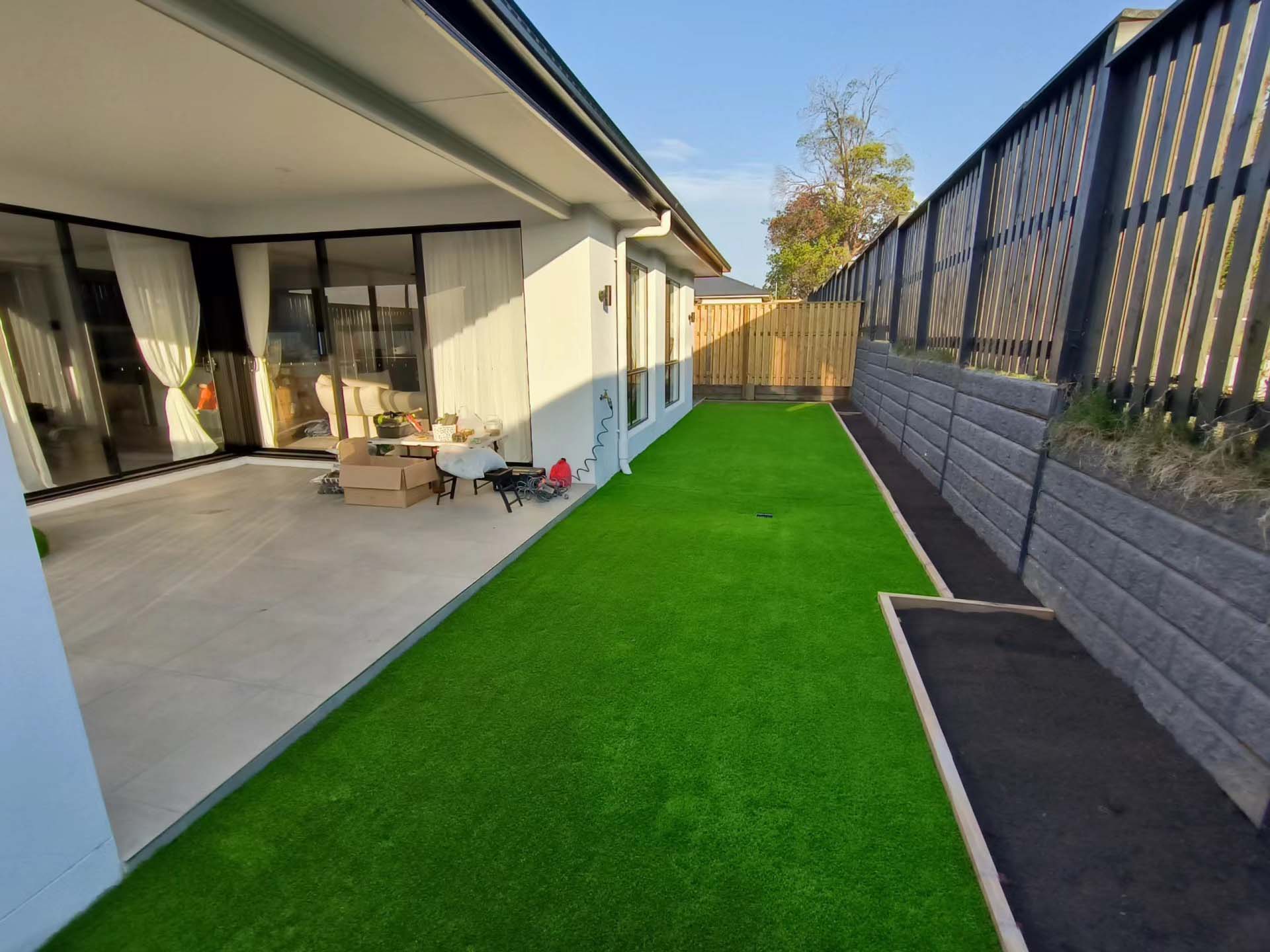
Artificial turf, often referred to as synthetic grass, is a man-made surface designed to mimic the appearance and functionality of natural grass. Initially developed for sports fields, it has gained popularity in residential lawns, playgrounds, and commercial landscapes due to its durability and low maintenance requirements.
The composition of artificial turf typically includes a blend of polyethylene, polypropylene, and nylon fibers, which are tufted into a backing material. This construction allows for a realistic look and feel, making it an attractive alternative to natural grass. The fibers are designed to withstand heavy foot traffic, making artificial turf ideal for sports fields, where athletes can practice and compete without damaging the surface.
One of the primary advantages of artificial turf is its low maintenance needs. Unlike natural grass, which requires regular mowing, watering, and fertilization, artificial turf remains green and lush year-round with minimal upkeep. This not only saves time and labor but also conserves water, making it an environmentally friendly option in regions prone to drought.
Moreover, artificial turf is designed to be safe for children and pets. Many products are treated to resist mold and mildew, and they often feature drainage systems to prevent water accumulation. This ensures a clean and safe play area, whether for sports or recreational activities.
However, it’s essential to consider the initial investment, as artificial turf can be more expensive to install than natural grass. Despite this, many homeowners and businesses find that the long-term savings in maintenance and water usage make it a worthwhile investment.
In summary, artificial turf is a versatile and practical solution for those seeking a beautiful, low-maintenance landscape. Its durability, aesthetic appeal, and environmental benefits make it an increasingly popular choice in various settings.
Post time: Oct-17-2024
